This post may contain affiliate links. Please read our disclosure policy.
House Special Chow Mein is a classic Chinese dish made better at home! Crispy chow mein noodles, tender velveted chicken, juicy shrimp, crisp veggies, and fresh bean sprouts are tossed in a homemade sweet and savory chow mein sauce that’s so easy to make!
This easy chow mein recipe tastes just like you’d get in Hong Kong, but even better! It’s a healthy, budget-friendly, one-pot meal for the whole family. Plus it’s super versatile and great to use up leftovers! Or try this simple Cantonese Chow Mein.

Table of Contents
- What is house special chow mein?
- What noodles to use for chow mein?
- I. Hong Kong Style Pan Fried Noodles (Fresh unsteamed)
- II. Pre-Cooked Chow Mein Noodles (Fresh steamed)
- III. Dried Chow Mein Noodles
- Chow Mein Noodle Substitute
- Ingredients
- How to make house chow mein noodles at home
- Tips for perfectly crispy, not greasy chow mein noodles
- How to make ahead, store, and reheat
- What to serve it with
- Tips for success
- FAQs
- More Chinese stir fry noodle recipes
- House special chow mein recipe
What is house special chow mein?
Chow mein house special is a delicious dish from Cantonese cuisine that you might find in your favorite takeout spot. It’s a stir-fried noodle dish that’s packed with a mix of tasty ingredients. Depending on the restaurant, the noodles can be soft and slightly chewy or nice and crispy. Chow mein stir fry noodles look thin, round, and stringy and are yellow.
The “house special” part means that the chef gets to pick what goes into the dish, so it’s often a bit of everything. This could include char siu pork (that’s the yummy Cantonese BBQ pork), king prawns, seafood, quail eggs, scallops, squid, beef, chicken, or tofu. So, when you order a Chow Mein House Special, you’re in for a surprise mix of flavors and textures!
What noodles to use for chow mein?
Choosing the right noodles is key to making the perfect chow mein. There are three main types of chow mein noodles, and each has its own preparation method. You can find the first two types in Chinese and Korean grocery stores or at online grocers like umamicart.com (in the US). The third type is more commonly found in Western grocery stores.
I. Hong Kong Style Pan Fried Noodles (Fresh unsteamed)
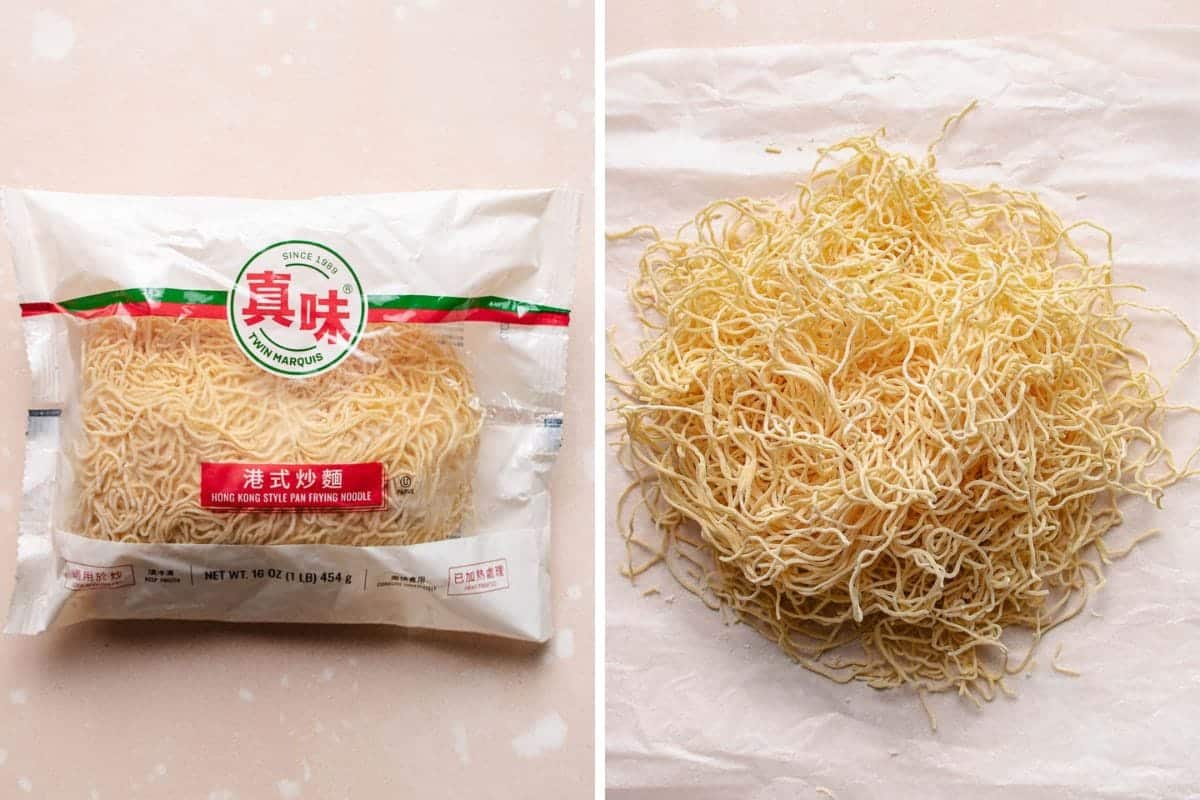
Save This Recipe
- Characteristics: These noodles are known for their dry texture and slight crinkles. They’re thin, yellow (thanks to whole eggs or food coloring), and made from wheat flour.
- Use for: Their dry and slightly crunchy texture makes them the best chow mein noodles for stir-frying and achieving crispy chow mein.
- Preparation: Quickly soak in hot water or blanch for 30 seconds, then drain and spread out to dry before stir-frying. Aim to keep them al dente.
- Where to Buy: My go-to brand is Twin Marquis, usually found in the refrigerator aisle of Chinese and Korean grocery stores.
II. Pre-Cooked Chow Mein Noodles (Fresh steamed)

- Characteristics: These fresh chow mein noodles come pre-cooked with a softer texture. They’re slightly thicker than Hong Kong-style but thinner than lo mein and can be white or yellow.
- Use for: Thanks to their sturdiness, they’re excellent for stir-frying.
- Preparation: No need to boil since they’re already cooked. You can pan-fry them directly, adding a little water (about ¼ cup) when stir-frying.
- Where to Buy: Twin Marquis is my preferred brand, available in Chinese and Korean grocery stores’ refrigerator aisles. You can see a photo of the product here.
III. Dried Chow Mein Noodles
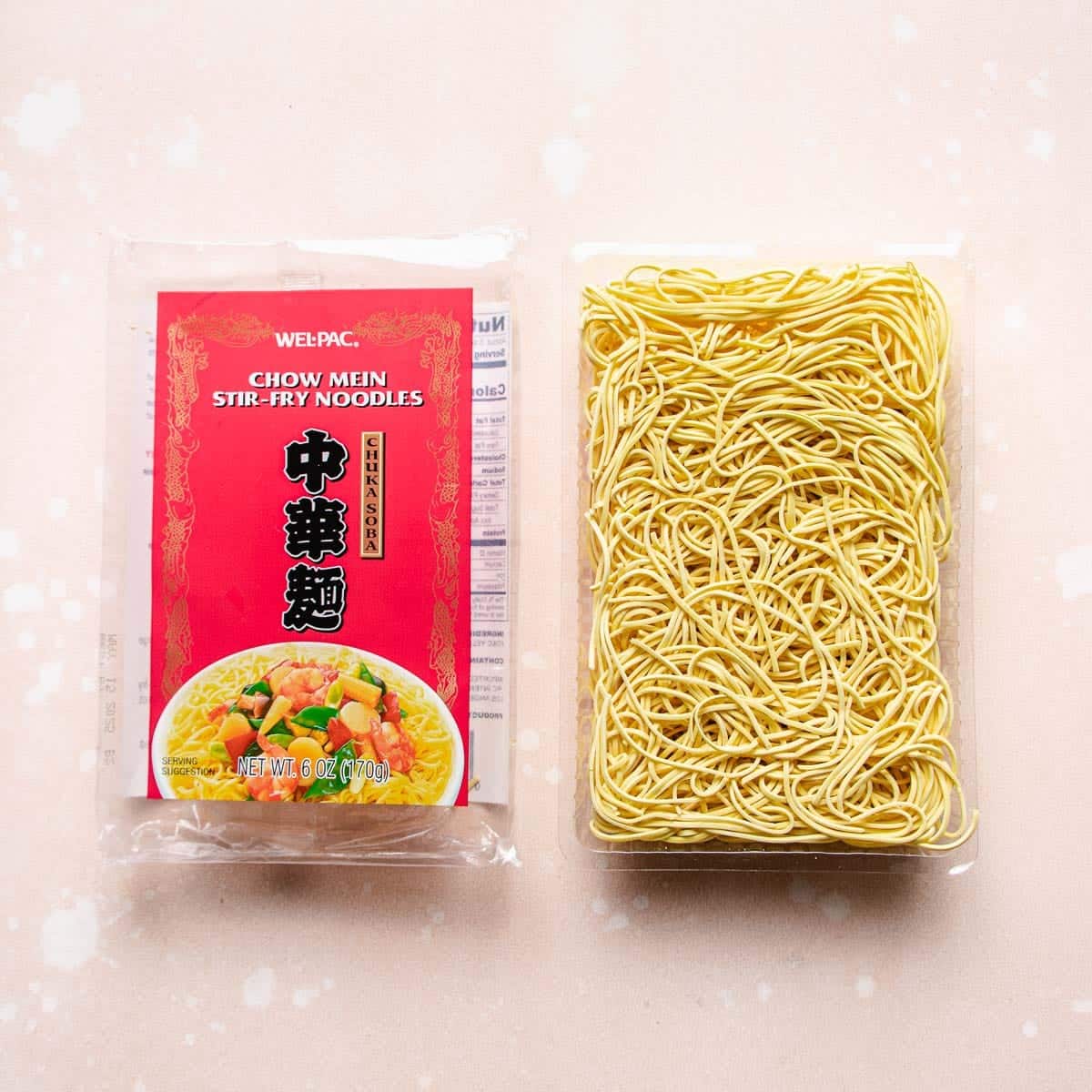
- Characteristics: Popular in Western and Japanese grocery stores, these noodles resemble instant ramen. For this recipe, I use dried chow mein noodles, though the first two types of Hong Kong-style noodles are a superior choice if available.
- Preparation: Cook them for 1 minute less than the package suggests to keep them al dente. After boiling, drain, spread out on a plate, and toss with a bit of oil to keep them dry before stir-frying.
Chow Mein Noodle Substitute
If you need a gluten-free option or can’t find traditional chow mein Chinese noodles, consider using gluten-free thin spaghetti noodles, vermicelli pasta, or rice vermicelli (mei fun).
In a pinch, ramen noodles, fresh egg noodles, yakisoba noodles, or angel hair pasta can also work. They might not get as crispy as wheat-based chow mein noodles, but they won’t compromise the flavor.
It’s best to avoid flat rice noodles like ho fun or chow fun noodles for chow mein because their starchy, sticky, and delicate texture doesn’t crisp up well.
Ingredients
This authentic House Special chicken and shrimp chow mein recipe is so versatile! You can use any protein or veggies you have on hand. Here are the chow mein ingredients I used for this recipe, and there are substitution suggestions below!
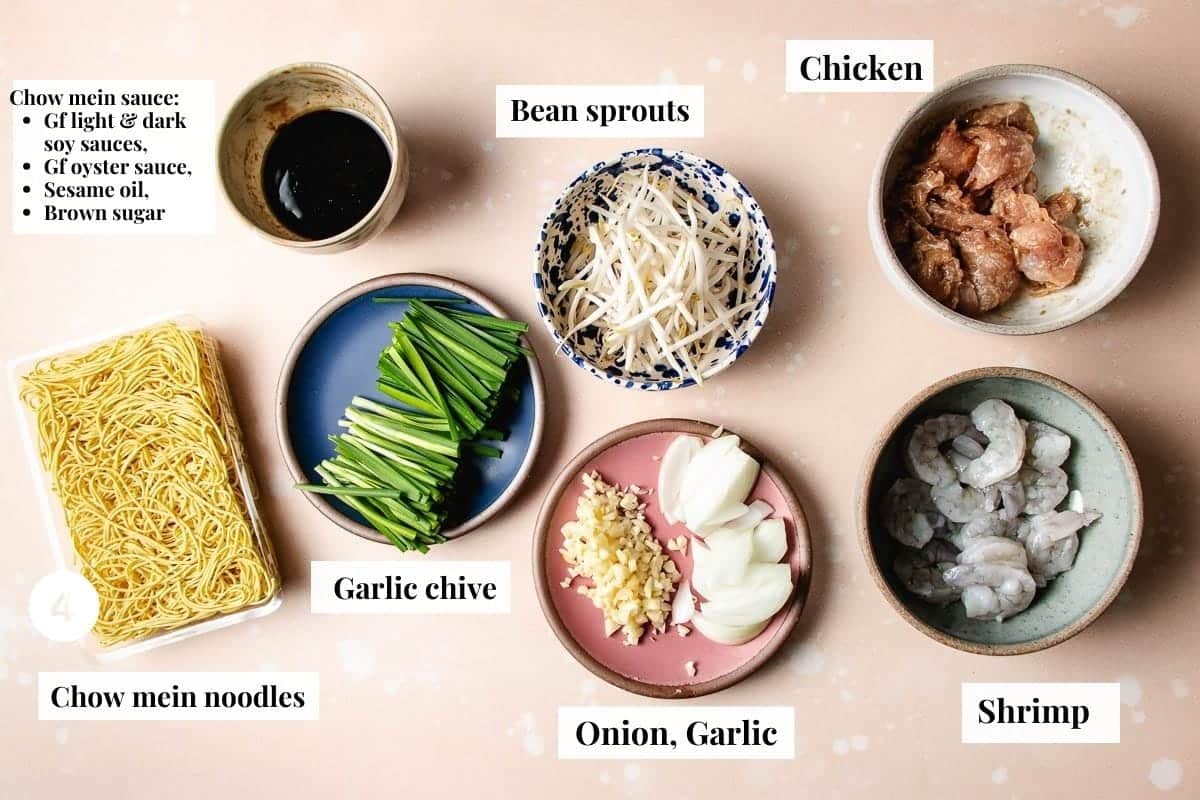
Protein suggestions:
- Chicken breast: Thinly sliced. See our guides on how to velvet chicken and the best Chinese chicken stir fry marinade.
- Shrimp: Peeled and deveined. I use medium-sized shrimp, about 26-30 pieces per pound.
For the noodle stir fry:
- Yellow onion and garlic cloves: These are must-haves for the flavor foundation of this dish.
- Garlic chives: Or substitute scallions, spring onions, or green onions. Dice them into sections.
- Bean sprouts: Add freshness and a refreshing crunch to the dish.
- Chow mein noodles: See the section above for three noodle suggestions. Thin gluten-free spaghetti also works. See our guide on types of Chinese noodles for more alternatives.
- Avocado oil
- Coarse sea salt
- Ground white pepper: Use white pepper for an authentic Chinese takeaway flavor. Black pepper is a good substitute.
Chow mein sauce:
- Light soy sauce: Or substitute with coconut aminos.
- Dark soy sauce: Or substitute with coconut aminos.
- Oyster sauce: Regular store-bought or try my homemade vegetarian oyster sauce.
- Toasted sesame oil
- Coconut brown sugar: Or use Keto sugar.
Substitutions and variations
- Leafy greens: Try adding shredded Chinese cabbage, bok choy, or Chinese broccoli diced into bite-sized pieces.
- Other veggies: Add carrot, bell peppers, bamboo shoots, water chestnuts, ginger, or snow peas sliced into thin strips.
- Different proteins: Beef strips in my beef stir fry marinade or pork in my pork stir fry marinade are also amazing in this dish!
- Alternative noodles: You can make chow mein with egg noodles, chow mein with rice noodles, house special chow mei fun, or lo mein House Special.
- Vegetarian: Firm tofu, dried bean curd, sliced fresh shiitake mushrooms, or rehydrated dried shiitake mushrooms are great options for a vegetarian version.
- Low carb: Shirataki noodles, zucchini noodles, cucumber noodles, hearts of palm noodles, or spiralized sweet potato noodles like my Chicken yakisoba with sweet potato noodles.
How to make house chow mein noodles at home
Now that you have your chow mein noodles ingredients, let’s learn how to make noodles chow mein, Chinese restaurant style! There are several steps to this dish, but much of the prep work can be done ahead of time to save time. The stir-fry process is very quick!
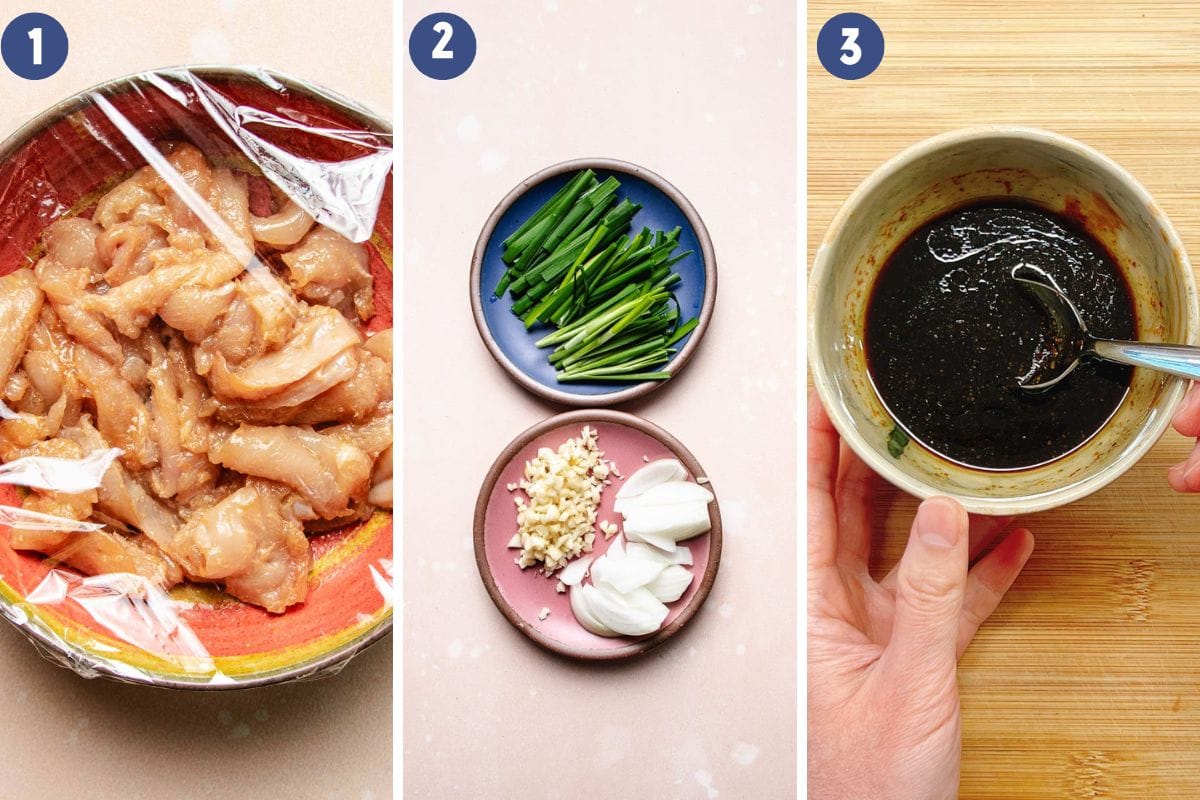
- Prep the protein: Velvet chicken (or whatever meat you’re using); peel, devein, and pat dry the shrimp.
- Prep the veggies and aromatics: Dice the onion, garlic, garlic chive, and bean sprouts.
- Mix the sauce for chow mein: Combine all ingredients in a small bowl and set aside.
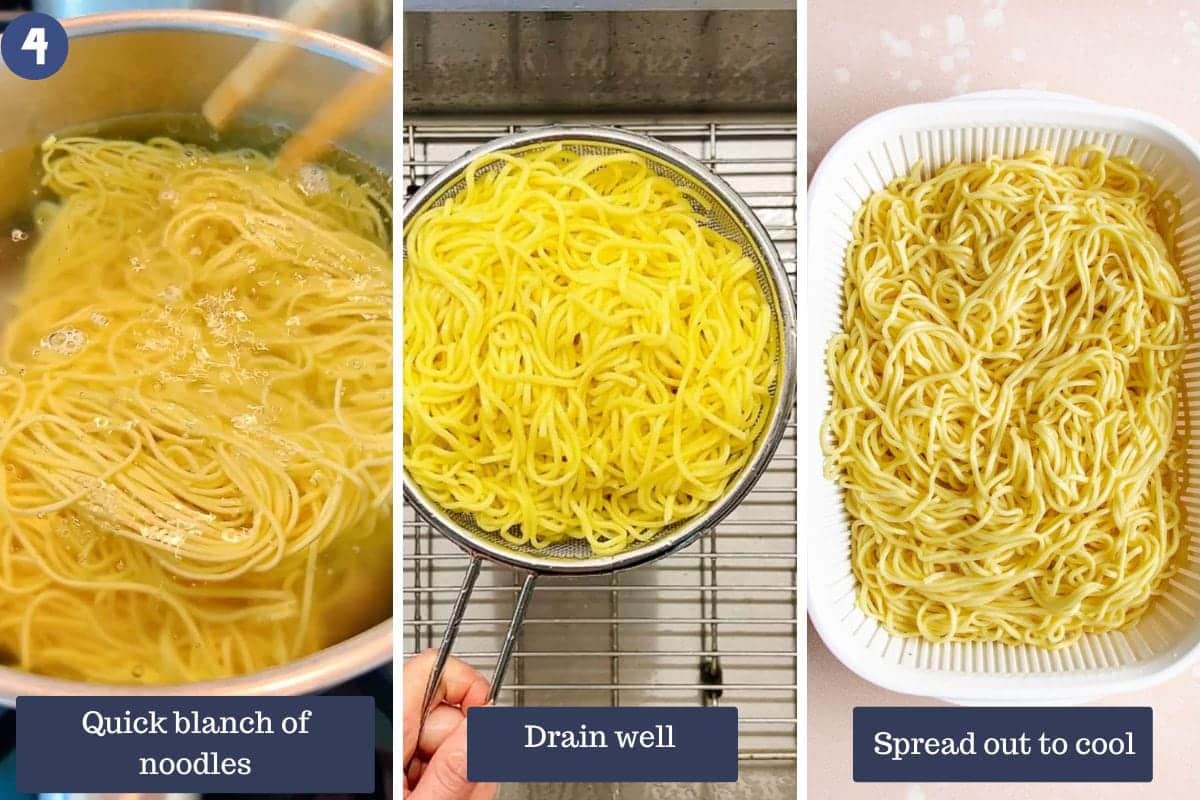
- Chow mein preparation: Cook according to the package directions, removing them when they’re still al dente. Drain them, toss with oil, and set aside to cool in a single layer.
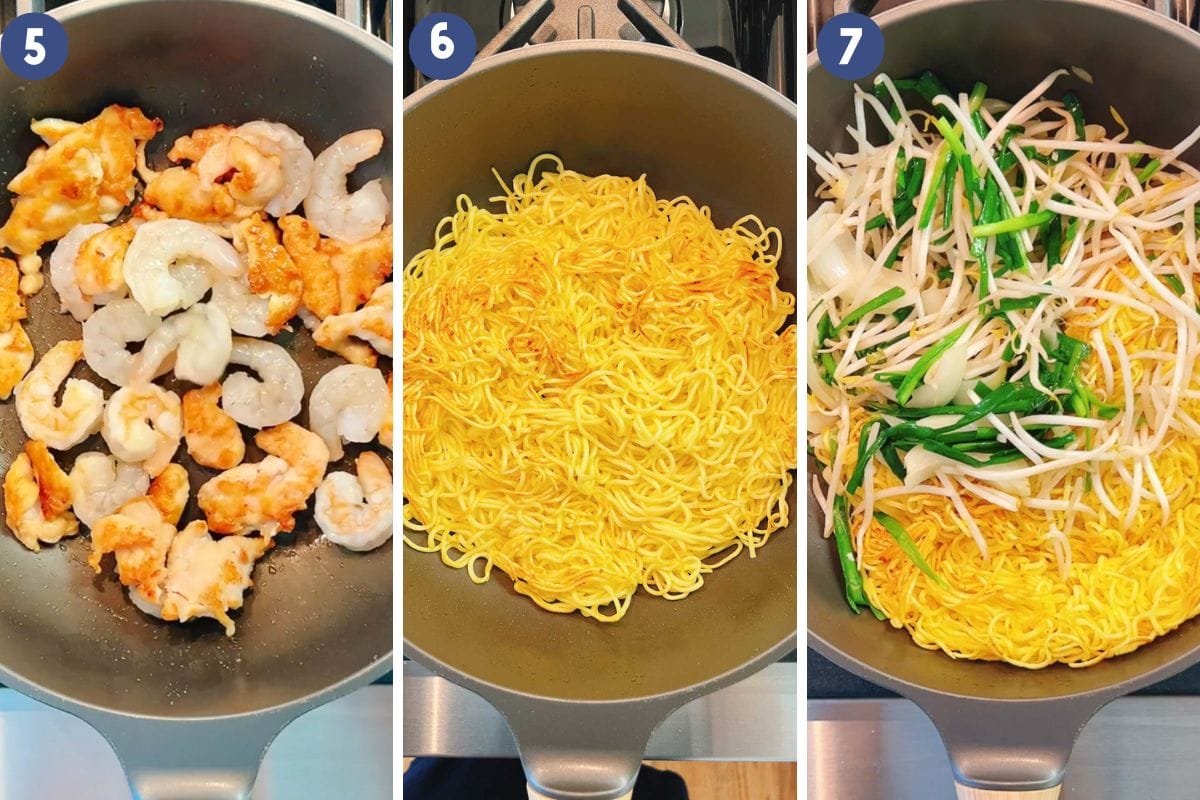
- Sear the protein: In a well-heated, large pan, sear the chicken on both sides until golden and cooked through. Sear the shrimp until it turns pink. Remove both from the pan and set aside.
- Crisp the noodles: Pan-fry the cooked, cooled, and dried noodles in oil over medium-high heat until crispy, flipping as needed to brown all sides.
- Add aromatics: Push the stir-fried noodles to the side and add aromatics to the pan. Add in the bean sprouts and return the chicken and shrimp to the chowmein mix.
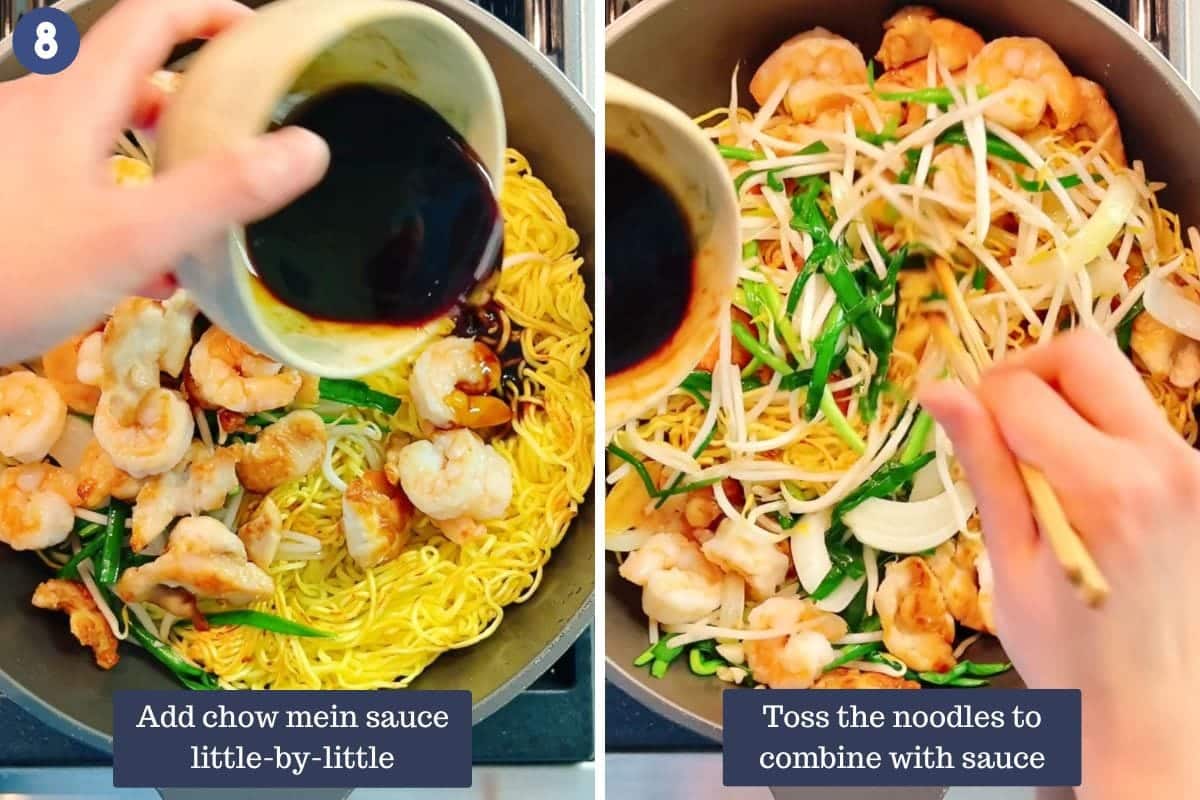
- Add sauce for chow mein: Drizzle the sauce in slowly, stirring well to coat. The sauce serves as the chowmein seasoning, so be sure to fully coat the stir fry for maximum flavor.
- Garnish and serve: Transfer to a large serving plate. Drizzle with a bit more toasted sesame oil and a small dash of white pepper. Serve hot.
Tips for perfectly crispy, not greasy chow mein noodles
Making crispy chow mein at home can be a breeze with the right approach, even though the variety of noodles and brands might seem overwhelming at first. Here are some straightforward tips to help you whip up the best crispy chow mein without any fuss:
- Follow the package instructions: Stick to what the manufacturer suggests on the package. If it says to boil the noodles, reduce the boiling time by 1 minute. This keeps the noodles al dente, preventing them from turning mushy when you stir-fry them later.
- Dry the noodles thoroughly: After boiling or soaking your noodles, it’s crucial to drain them well. Shake off as much water as possible in a colander, then spread the noodles out on a large sheet pan or plate. This step helps evaporate any remaining moisture.
For an extra dryness boost, lay the noodles on a large clean kitchen towel. Dry noodles are the secret to getting that perfect crispiness when pan-frying. - Directly pan-fry fresh chow mein noodles: If your noodles don’t need boiling, you can pan-fry them right away. However, based on the sauce quantity in your recipe, you might need to sprinkle a small amount of water (about ¼ cup) over them. This helps steam the noodles slightly, ensuring your dish isn’t too dry.
- Use a large non-stick pan or wok pan: A large non-stick pan or wok (at least 12 inches/30 cm wide) is ideal for cooking chow mein. This type of pan prevents the noodles from sticking and helps you stir and toss them easily, keeping the noodles intact and evenly cooked.
- Cook in smaller batches (don’t overcrowd the pan): Avoid the temptation to cook all your noodles at once. Cooking about 6 oz (170 grams) of noodles per batch allows them to crisp up nicely and evenly. Plus, if you have extra noodles, you can freeze them for up to 3 months, ensuring you always have some on hand for a quick and tasty meal.
How to make ahead, store, and reheat
While the stir-frying process for this dish is fast, there is a bit of prep involved. To shorten your total time in the kitchen, prepare the sauce and vegetables in advance, use shrimp that’s already been peeled and deveined, or use leftover cooked chicken or beef.
- Make ahead: Velvet the chicken, dice the vegetables and aromatics, and combine the sauce ahead of cooking the next day.
- Storage: Store cooked leftovers in the fridge for up to 4 days. Extra uncooked chow mein noodles will store well in the freezer in a sealed bag for up to 3.
- Reheat: Microwave on medium for 1 minute until heated through or heat on the stovetop over medium heat until warmed through.
What to serve it with
House Special stir-fried chicken chow mein is a hearty and balanced one-pot meal on it’s own. If you want to serve this dish as part of a larger meal, I suggest pairing with lighter side dishes. Here are some of my favorite pairings for this dish:
- Added protein: Serve with this chilled, creamy silken tofu with sesame dressing, this salt and pepper tofu air fryer recipe, or Din Tai Fung fried rice with shrimp for extra protein options.
- Light vegetable sides: I love pairing with my honey garlic chili Chinese cucumber salad, this fresh Stir fried bean sprouts, or a refreshing Korean zucchini side dish.
Tips for success
- Prioritize High-Quality Noodles: Aim to use Hong Kong style pan fried noodles or Twin Marquis brand Chow Mein noodles for the best texture and flavor. These options are preferred for their quality and ease of preparation. Try to avoid dried chow mein noodles if possible, as they often require more prep time.
- Use a Large Non-Stick Pan or Wok: For optimal stir-frying, a large non-stick wok or pan. This ensures the ingredients don’t stick, allowing for even cooking and easy stirring.
- Cook Noodles to Al Dente If Boiling Is Needed: When noodles need boiling, aim for an al dente texture. Often, a quick 30-second blanch in hot water is sufficient. This step is crucial to prevent the noodles from becoming mushy when stir-fried with other ingredients.
- Velvet Chicken for Tenderness: If using chicken, apply the velveting technique to ensure it remains tender and juicy throughout the cooking process.
- Dry Noodles Thoroughly After Boiling: Make sure to thoroughly dry the noodles after boiling by spreading them out on a sheet pan or using a towel. This helps achieve the desired crispiness when pan-frying.
- Versatile Dish: Chow mein adapts to any proteins or veggies. Just avoid overcrowding your stir fry.
- Stir Fry in Layers for Best Results: Cook proteins first, then noodles. Add aromatics and veggies, and finish with sauce.
- Authentic Chow Mein Sauce: All you need are light and dark soy sauces, oyster sauce, sesame oil, and a touch of sugar. This homemade sauce not only tastes better than store-bought versions but also lets you adjust the flavors to your liking.
FAQs
Chow mein noodles are stir-fried to a crisp with a thin, crinkly texture, while lo mein noodles are boiled, tossed in sauce, thicker, and rounder, leading to a softer texture.
Special chow mein features a mix of proteins like chicken, shrimp, or pork, and vegetables, and is tossed in a flavorful chow mein sauce, giving each dish its unique taste.
The two types of chow mein are crispy, also known as “Hong Kong style pan fried noodles,” and steamed, with slightly softer and thicker noodles than the crispy version.
More Chinese stir fry noodle recipes
If you love this traditional recipe for chow mein noodles, here are some more yummy homemade noodle dishes to try! Stay tuned for more recipes for chow mein noodles, coming soon!
- Garlic chili noodles tossed in a creamy Paleo peanut sauce
- Spicy peanut noodles with chewy rice noodles in a spicy Asia peanut butter sauce
- Shirataki noodles with peanut sauce with low-carb konjac noodles
- Keto chicken lo mein with ground chicken and vegetables

House special chow mein recipe

Video
Ingredients
Protein suggestions (pick one or both):
- 0.5 lb chicken breast thinly sliced, optional
- 0.5 lb shrimp 26-30 count per pound, peeled and deveined, optional
For the noodles:
- 3 oz. yellow onion sliced
- 0.8 oz garlic finely minced
- 1.5 oz garlic chives or 3 bulb scallions, diced to 2.5-inch sections
- 3.6 oz. bean sprouts
- 6 oz. Chow mein noodles or gluten free thin spaghetti noodlles
- 4 tbsp avocado oil divided
- ¼ tsp coarse sea salt
- ⅛ tsp ground white pepper or black pepper
For the chow mein sauce:
- 2 tbsp light soy sauce or 3 tbsp coconut aminos
- 1 tbsp dark soy sauce or 1 tbsp coconut aminos
- 1 tbsp Oyster sauce or homemade vegetarian oyster sauce
- 2 tsp toasted sesame oil plus more for garnish
- 1 tsp coconut brown sugar or keto sugar
Instructions
Prepare the chicken and shrimp:
- If using chicken and shrimp, thinly slice the chicken to ⅛ inch thin pieces and do a quick 15-minute marinade. Follow our how to velvet chicken for details.
- For shrimp, peel and devine then pat dry and set aside ready to use.
Aromatics, Vegetables, and Sauce:
- Prepare the onion, garlic, garlic chive, and bean sprouts.
- Combine the chow mein sauce in a bowl.
For the chow mein noodles:
- Follow your noodle package instructions. If the instructions require boiling, reduce the total time by 1 minute less to keep the noodles al dente and still a bit firm for stir frying. See notes for details.
- Drain the noodles and shake out as much water as possible then spread them out in a large sheet pan and toss the noodles with 2 tsp oil. Keep the noodles dry so it’s easier to crisp them up in the pan. Set aside to cool down.
Sear the chicken and shrimp:
- Preheat a large non-stick wok pan (12-inch wide) until it feels hot, pan sear the chicken in a single layer with 1 tbsp oil over medium-high heat without disturbing until golden brown, about 2 minutes then cook the flip side for 1 minute.
- Add the shrimp. As soon as the shrimp turns pink, about 2-3 minutes, turn off the heat. Transfer them out to set aside and keep warm.
To crisp up the noodles:
- Add 1 tbsp oil to a large well-heated non-stick pan or wok. When it feels quite warm, add the noodles. Spread them out into a single layer. Turn heat up to medium high and pan fry the noodles without disturbing for 2 minutes. The bottom will crisp up. Then use a spatula to flip the noodles. Add 0.5 tbsp oil along the edge of the pan so that the flip side can crisp up as well. Fry the noodles without disturbing for 1 minute.
- Then use a pair of chopsticks to stir and toss to loosen the noodles a bit. The noodle texture should be crisp but not burnt. When you shake the pan, you should hear a crisp sizzle sound.
Add aromatics:
- Push the noodles to one side of the wok, add the garlic, onion, chive, and 0.5 tbsp oil and a pinch of salt. Saute for 1 minute. Add-in the bean sprouts, season with another pinch of salt. Give another toss then return the chicken and the shrimp to the pan.
Add chow mein sauce:
- Stir the sauce one more time then with one hand stirring the noodles and another hand drizzle in the chow mein sauce, little-by-little until all the sauce is poured-in. Doing this ensures that all noodles are coated with the sauce evenly.
To serve:
- Turn off the heat. Transfer to a large serving plate. Drizzle with a bit more toasted sesame oil and a small dash of white pepper. Serve hot.
Notes
- If using dry chow mein noodles (looks like instant ramen noodles):
- Bring a pot of water to boil, add a little oil to the water then add the noodles turn off the heat and cover the pot with a lid. Soak the noodles for 3 minutes. This will prevent the noodles from turning too soft.
- When time’s up, use a pair of chopsticks to gently break away the noodles, and drain, and rinse the noodles under cold water. Set them aside to drain and shake away excess water. Toss the noodles with 2 tsp oil and spread them out over a large plate. Keep the noodles dry so it’s easier to crisp them up in the pan.
- If using fresh chow mein noodles or Hong Kong-style pan-fried noodles (from the refrigerator aisle):
- Bring a pot of water to boil, and use your hands to gently toss and separate the strands as you add the noodles in. Toss the noodles for 30 seconds, using a pair of chopsticks, then drain the noodles and don’t rinse. The noodles aren’t fully cooked and should still feel quite firm and not too sticky.
- Shake off the excess water and spread it out over a large sheet pan or plate. They are ready for stir-frying.
Nutrition
Nutrition information is automatically calculated, so should only be used as an approximation.
Made a dish and loved it? Please rate the recipe and leave a comment in the section below! It helps my blog grow organically, allowing me to continue sharing free and awesome content with you. Thank you!
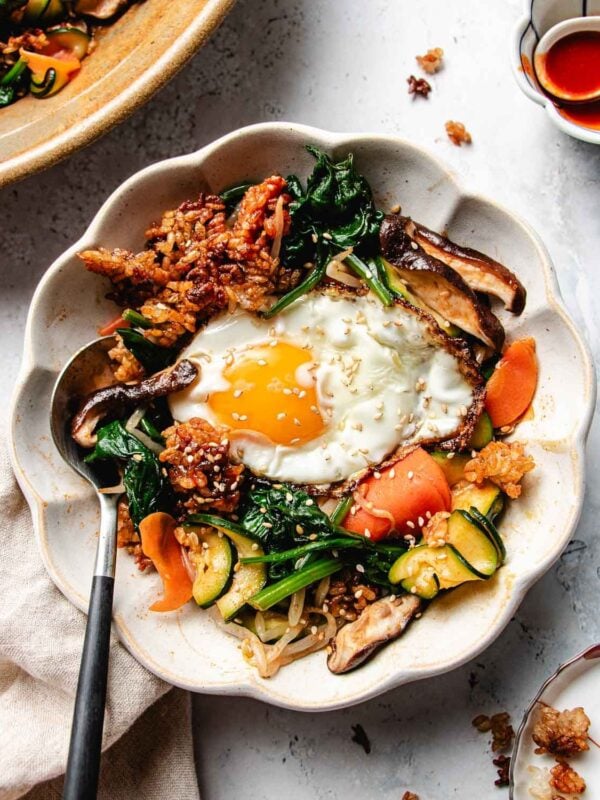
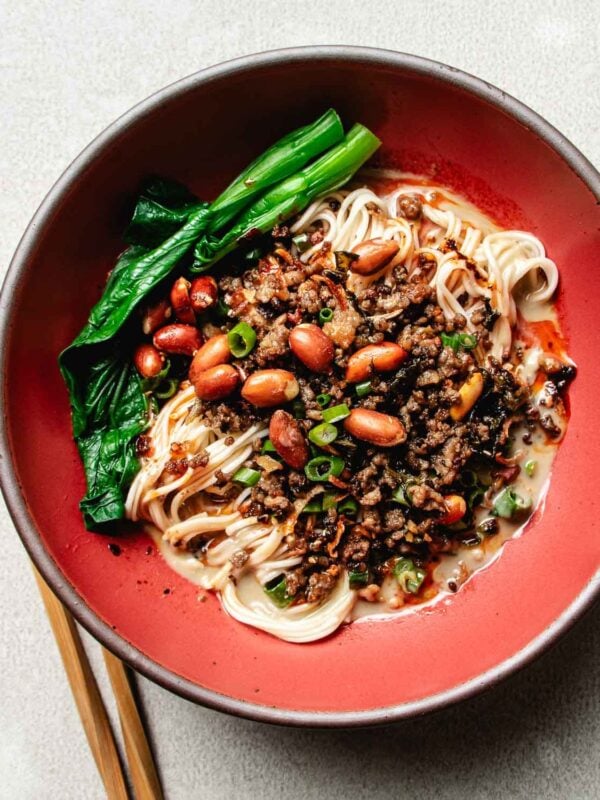
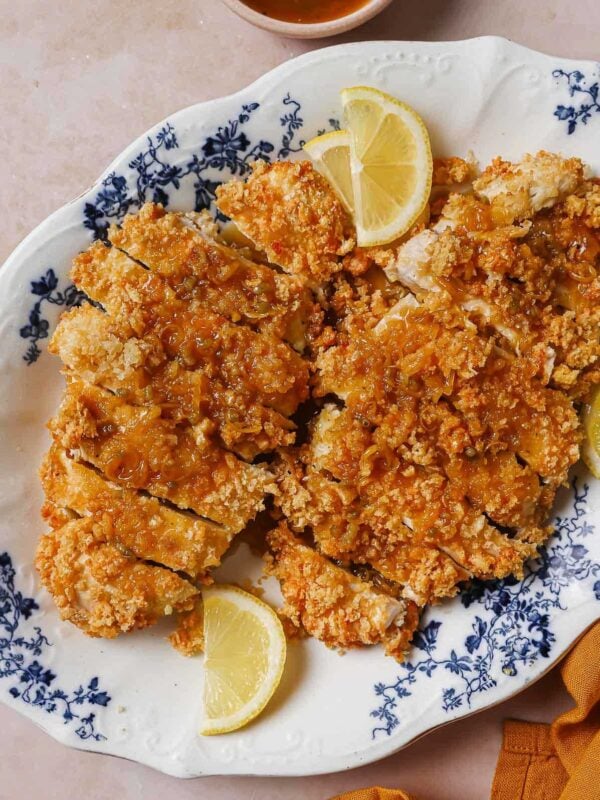
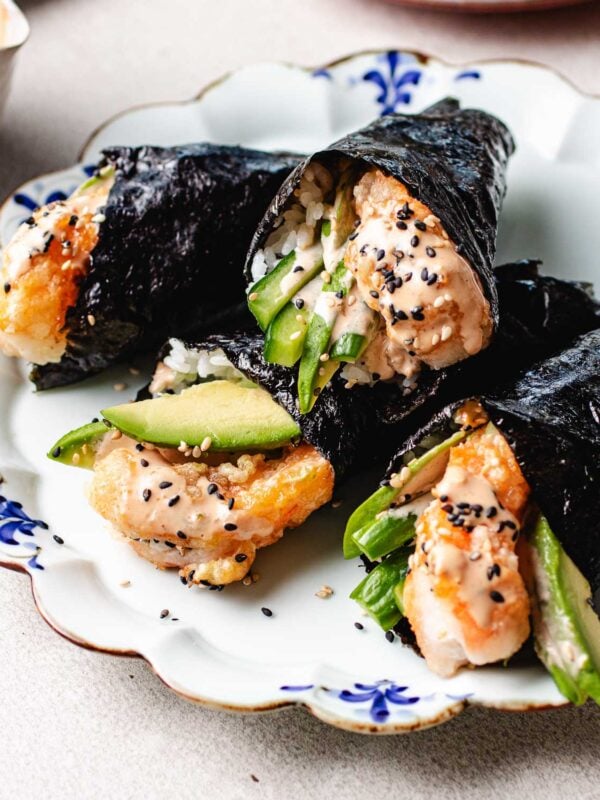









This was terrific! Added bok choy and bean sprouts. Will be saving and using in our rotation! Thank you
Wonderful. Thank you!
Thank you for this recipe! Real great yummy sauce. Even just for a quick ramen noodle dish for lunch with just sautéed onions and cabbage, yum!
Thank you, Ellie
So good, love this dish, felt like I was eating directly from a restaurant.
Thanks so much!